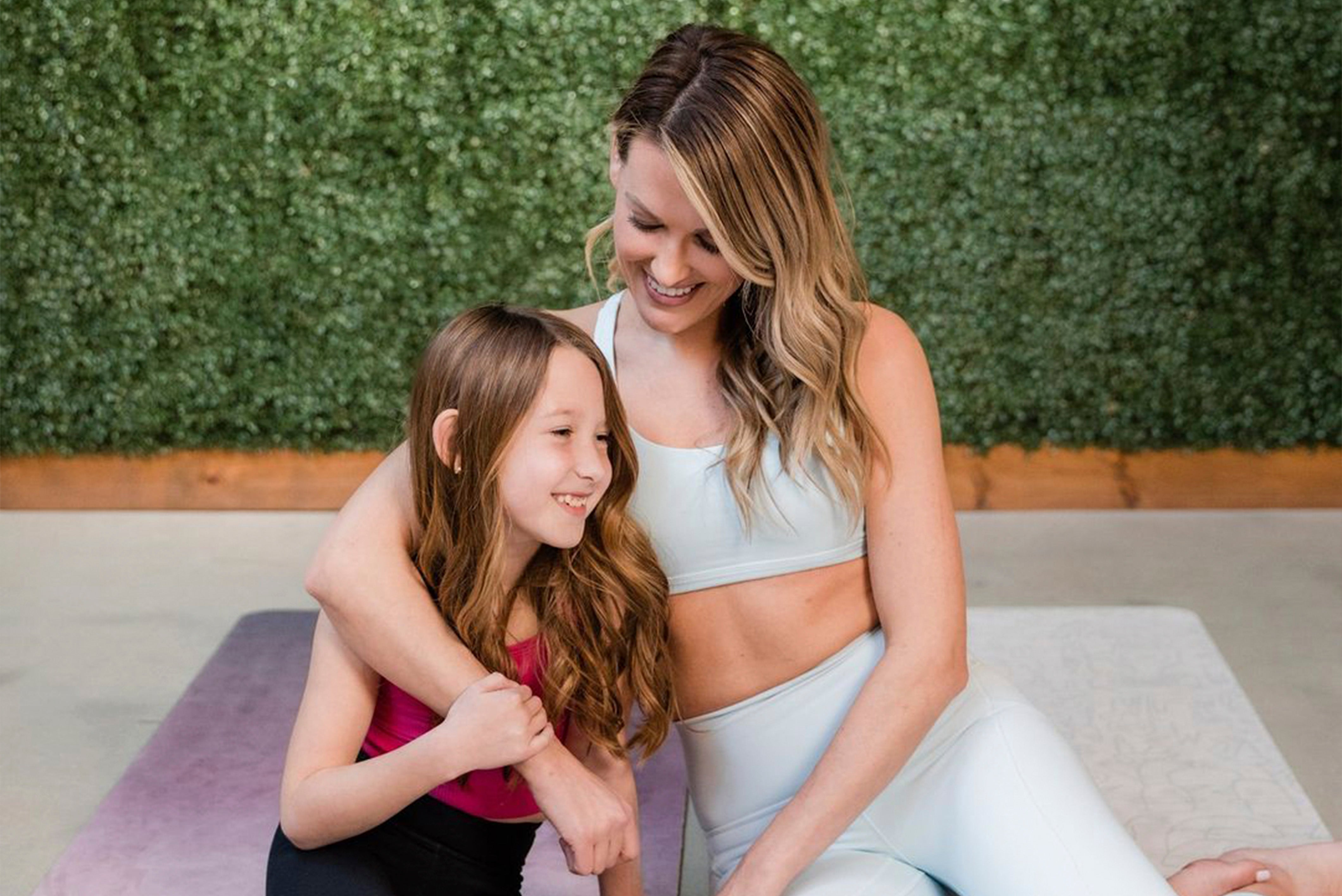-
WWillis fowler 8 months ago
If you're bored, try learning about it best thickness for a yoga mat.
When it comes to choosing a yoga mat, one of the key factors to consider is its thickness. The thickness of a yoga mat can greatly impact your practice, providing either the ideal support or hindering your progress. In this article, we will delve into the topic of thin vs thick yoga mats and decode the ideal thickness for your personal yoga journey.
Understanding the Importance of Thickness
Before we dive into the comparison between thin and thick yoga mats, let's understand why thickness matters. The thickness of a yoga mat determines its cushioning and stability, which are crucial for a comfortable and safe practice. A mat that is too thin may not provide enough support for your joints, while a mat that is too thick can make balancing poses more challenging.
Thin vs Thick: Decoding the Ideal Thickness
Now that we recognize the significance of thickness, let's explore the differences between thin and thick yoga mats.
Thin Yoga Mats
Thin yoga mats, typically around 1/16 to 1/8 inch thick, offer a closer connection to the ground. They provide a firm and stable surface, allowing you to feel grounded during standing poses. Thin mats are also lightweight and easy to carry, making them a popular choice for yogis who travel frequently or prefer a minimalist approach.
However, thin mats may not provide sufficient cushioning for those with sensitive joints or injuries. If you have knee or wrist issues, a thin mat may not offer the necessary support and padding. Additionally, practicing on a hard surface with a thin mat can be uncomfortable, especially during longer sessions or when holding poses for an extended period.
Thick Yoga Mats
On the other hand, thick yoga mats, typically around 1/4 to 1/2 inch thick, offer more cushioning and support. They provide a softer surface that absorbs impact, making them ideal for individuals with joint sensitivities or injuries. Thick mats also offer additional comfort during seated and reclining poses, allowing you to relax and focus on your breath.
However, thick mats can be heavier and bulkier, which may not be convenient for those who travel frequently or have limited storage space. They can also make balancing poses more challenging due to the increased height from the ground. It's important to find the right balance between cushioning and stability to ensure a comfortable and safe practice.
Choosing the Ideal Thickness for Your Personal Yoga Journey
When it comes to selecting the ideal thickness for your yoga mat, there is no one-size-fits-all answer. It ultimately depends on your personal preferences, body type, and specific needs. Some yogis may prefer the grounded feeling of a thin mat, while others may prioritize the cushioning and support of a thick mat.
Consider your practice style, the type of yoga you primarily engage in, and any existing injuries or sensitivities. If you frequently practice on hard surfaces or have joint issues, a thicker mat may be more suitable. If you prioritize portability and enjoy a closer connection to the ground, a thinner mat may be the better choice.
Ultimately, the ideal thickness for your personal yoga journey is the one that allows you to practice comfortably and safely, supporting your physical and mental well-being.
Conclusion
Choosing the right thickness for your yoga mat is an essential aspect of creating a harmonious practice. Whether you opt for a thin mat that offers a closer connection to the ground or a thick mat that provides extra cushioning, finding the ideal thickness will enhance your yoga journey.
Remember, the thickness of your yoga mat should align with your specific needs and preferences. Experiment with different thicknesses, try out various poses, and listen to your body to determine what works best for you.
References:
1. Yoga Journal - A leading resource for yoga enthusiasts, providing valuable insights and information on various aspects of yoga.
2. Yoga International - An online platform offering a wide range of yoga resources, including articles, videos, and classes.
3. Yoga Basics - A comprehensive website that covers the basics of yoga, including information on yoga props and equipment.
References
